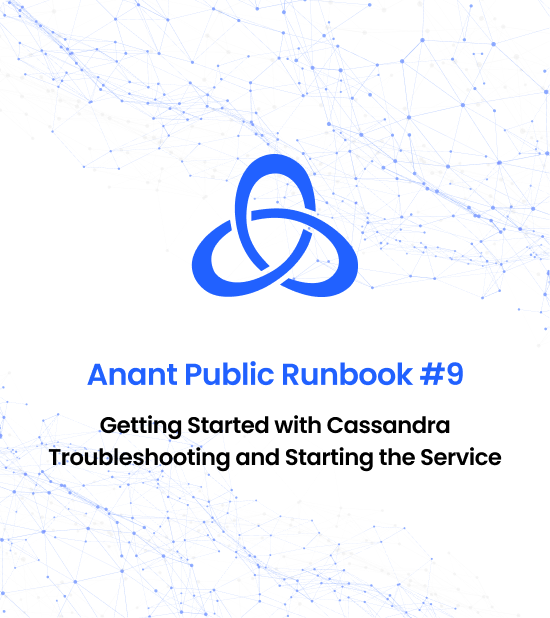Questions the Runbook Answers:
-
What is a Cassandra cluster, and what is it used for?
-
How can issues with a Cassandra cluster be identified?
-
What metrics and logs can be used to troubleshoot a Cassandra cluster?
-
What are monitoring dashboards, and how can they help troubleshoot a Cassandra cluster?
-
What are some recommended monitoring solutions for a Cassandra cluster?
-
What metrics should be monitored on each node of a Cassandra cluster?
-
What is log aggregation, and how can it help troubleshoot a Cassandra cluster?
-
What are some common nodetool commands used for troubleshooting a Cassandra cluster, and how do they provide detailed information about the cluster?





Reviews
There are no reviews yet.